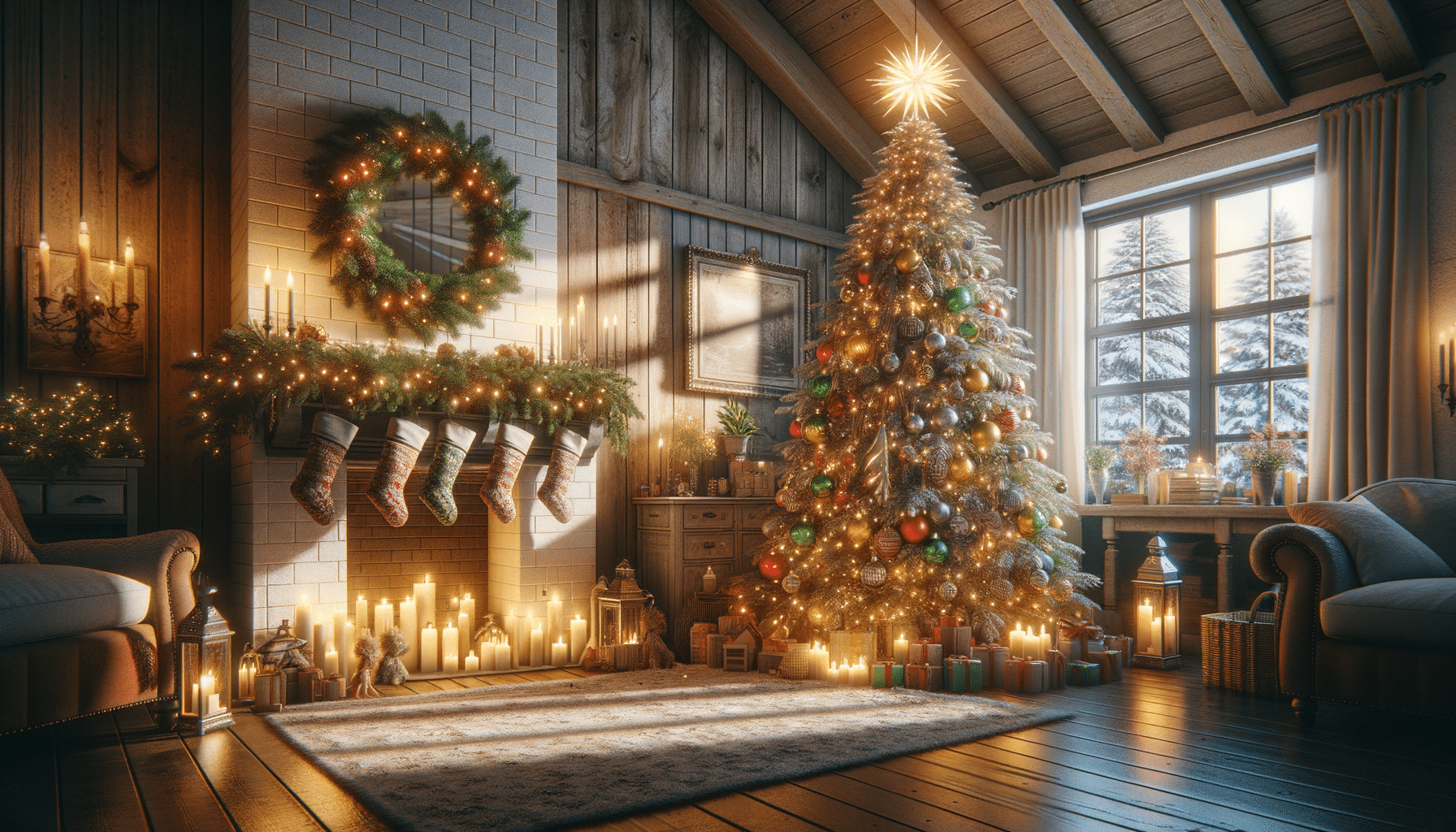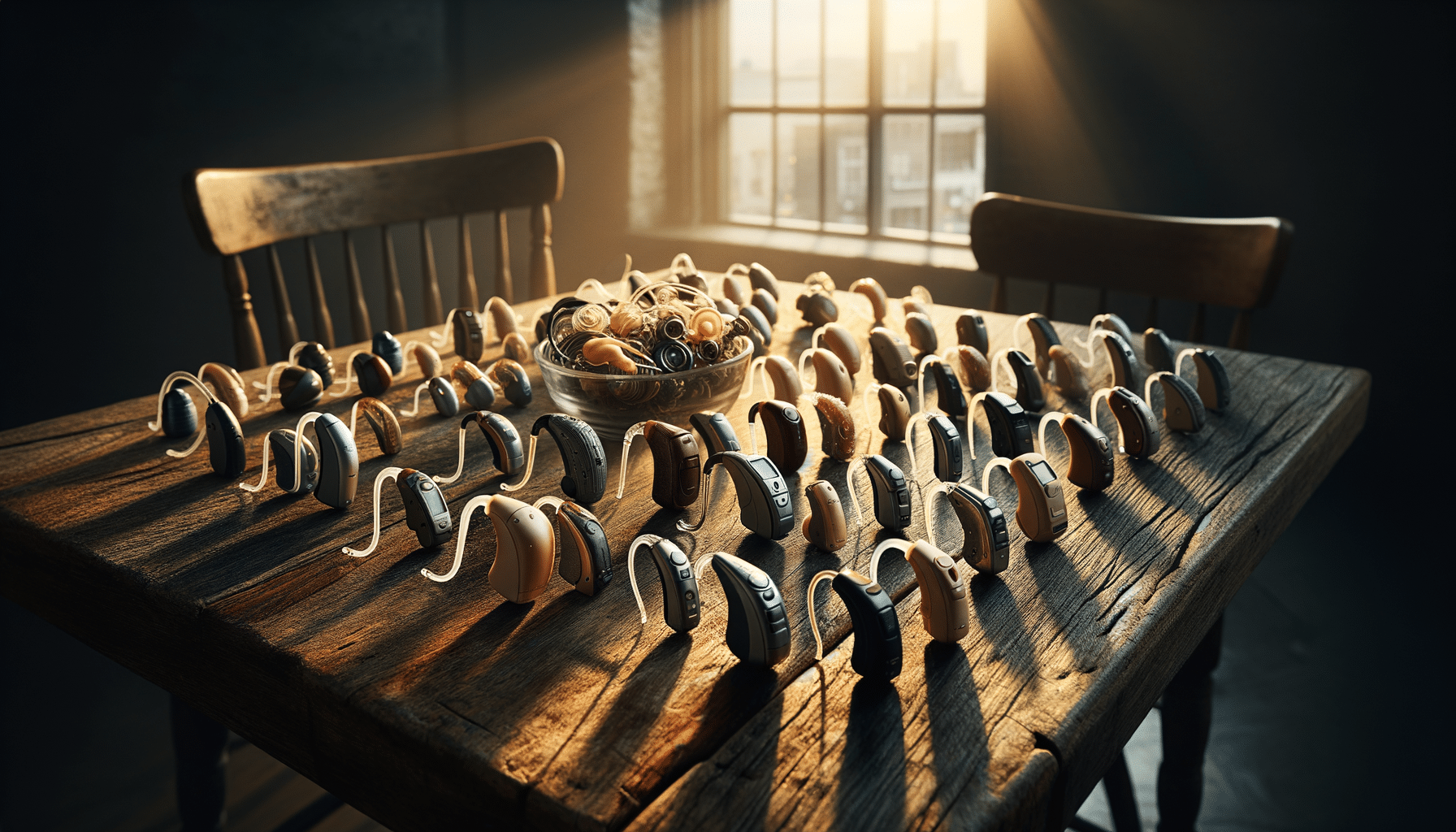
Learn More About Christmas Decorations
Introduction to Christmas Decorations
Christmas decorations are a cherished tradition that bring warmth and joy to homes around the world. These decorations transform spaces into festive landscapes, filled with lights, colors, and symbols that evoke the spirit of the holiday season. From the iconic Christmas tree to the delicate twinkle of string lights, each piece plays a role in creating a magical atmosphere. This article delves into the history, types, and cultural significance of Christmas decorations, offering insights into how they can enhance your holiday experience.
The History of Christmas Decorations
The tradition of decorating for Christmas dates back centuries, with roots in ancient winter solstice celebrations. In the 16th century, Germans began bringing evergreen trees into their homes, decorating them with candles and ornaments, a practice that would eventually evolve into the modern Christmas tree. The Victorians further popularized Christmas decorations, introducing glass baubles, tinsel, and other embellishments. Over time, these decorations have become a staple in holiday celebrations, symbolizing hope and renewal.
Types of Christmas Decorations
Christmas decorations come in a variety of forms, each adding a unique touch to holiday displays. Key types include:
- Christmas Trees: Traditionally adorned with lights, ornaments, and a star or angel on top.
- String Lights: Used both indoors and outdoors to create a festive glow.
- Wreaths and Garlands: Often made from evergreen branches, they symbolize eternal life.
- Nativity Scenes: Depict the birth of Jesus, a central theme of the holiday.
- Stockings: Hung by the fireplace, awaiting gifts from Santa Claus.
These decorations not only enhance the visual appeal of spaces but also carry meaningful traditions and stories.
Cultural Significance of Christmas Decorations
Christmas decorations hold deep cultural significance, reflecting traditions and beliefs. In many cultures, the act of decorating is a communal activity, bringing families and communities together. The colors of Christmas—red, green, gold, and white—each carry symbolic meanings, from the blood of Christ to purity and light. Different countries have unique decoration traditions; for instance, in Mexico, luminarias are used to light pathways, while in Sweden, straw ornaments are popular. These cultural variations add richness to the global tapestry of Christmas celebrations.
Modern Trends in Christmas Decorations
In recent years, Christmas decorations have evolved to include modern trends that reflect contemporary aesthetics and values. Eco-friendly decorations, such as those made from recycled materials or sustainable sources, are gaining popularity. Minimalist designs, characterized by simple lines and neutral colors, offer a fresh take on traditional decor. Additionally, technology has introduced innovations like app-controlled lights and digital projections, adding dynamic elements to displays. These trends demonstrate the adaptability of Christmas decorations, ensuring they remain relevant and meaningful in today’s world.
Conclusion: Embracing the Joy of Christmas Decorations
Christmas decorations are more than just embellishments; they are an expression of joy, tradition, and creativity. Whether you prefer classic styles or modern trends, decorating for Christmas is an opportunity to celebrate the season’s spirit and share it with others. As you adorn your home with lights, ornaments, and symbols of the holiday, remember the rich history and cultural significance behind these beloved decorations. Embrace the warmth and magic they bring, and let them inspire a season filled with wonder and joy.


